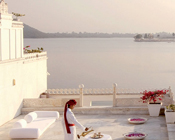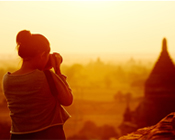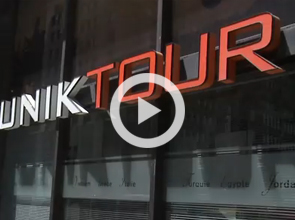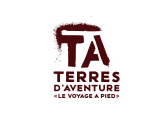Population & Culture
On top being the land of the great Incas, Peru was also home to many other civilizations that people tend to forget. In fact, this country is more than 10000 years old!
Pre-Incan civilizations developed on the coast for more than 1400 years and dominated vast regions of the Peruvian territory. One of these was the Nasca civilization, whose heritage includes aqueducts and the famous enigmatic drawings left on the ground. Before their decline, these civilizations developed small regional centers and demonstrated a surprising ability to adapt to their environment and make excellent use of the area’s natural resources. The Incas then built upon this knowledge to build their empire.
Born in the fertile Cuzco valley, the Inca civilization (1200-1500 AD) was the largest in South America. The Inca, sovereign of the empire, was considered a sacred man, and the son of the sun. Inca legends tell the story of the sun sending his sons down to earth to lay the foundations for the sacred city, Cuzco, whose name translates as “the belly of the world” in Quechua language. At the height of its power, the Inca Empire stretched from Colombia to Argentina and Chile and included modern day Ecuador, Peru, and Bolivia. This incredible expansion is due to their ability to assimilate previous civilizations, among others by imposing a unique language (Quechua) and integrating the knowledge gained from these assimilated cultures.
Today there are traces of this civilization everywhere you look, even in the smallest aspects the inhabitants’ daily life. More than 10 million indigenous people still speak Quechua. Though relics from the Inca Empire are now scattered throughout their territory, all their glorious beauty is on display in Cuzco: the Koricancha (Temple of the Sun), the fortresses of Ollantaytambo and Sacsayhuamán, and, of course, the famous citadel of Machu Picchu.
The Incas first clashed with Spanish culture during the Spanish conquests of the 16th century. In 1532, Spanish troops captured the Inca site of Atahualpa, but it took another 40 years to crush the last remnants of the resistance: the last Inca was captured and executed in 1572. Little by little, Inca cities were given catholic names and were rebuilt based on the Spanish model. There are fabulous examples of colonial architecture throughout the country, particularly in Arequipa and Lima, both of which are classified as UNESCO world heritage sites.
Today, Peru is a colorful mosaic of identities and cultures that take their strength from the country’s rich history and diverse influences. The country’s countless museums and ruins are but a small part of this heritage. Every village and every city is an opportunity to discover a new side of Peru and its ancient traditions. There’s colonial Peru and its reminders of the Spanish conquest, but there’s also the Peru seen as a place where two different world visions meet, two conceptions of time, of the sacred and the profane; the Peru that fights for its independence…
One of the best ways to discover Peru is to walk around one of the many markets or to go to one of the 3000 popular celebrations that take place every year, most of which celebrate a patron saint. To these religious festivities are added other celebrations of a much more pagan nature, such as those related to the ancestral myths of the indigenous communities of the Selva (Amazon Rainforest). A great opportunity to discover authentic Peru – and to sample some delicious local dishes!

 1 (866) 722-0909
1 (866) 722-0909
 QUOTE REQUEST
QUOTE REQUEST 





































